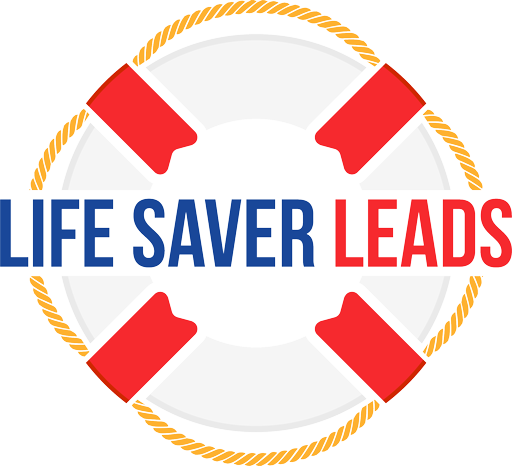This can be a powerful strategy to streamline your lead management process and improve overall efficiency. Here’s a general guide on how you might approach this:

1. Define Lead Qualification Criteria:
- Clearly define the criteria that determine a qualified lead. This could include demographics, behavior, engagement level, etc.
2. Data Integration:
- Ensure that your Life Saver platform can integrate seamlessly with your existing CRM (Customer Relationship Management) system and any other relevant databases or tools.
3. AI Algorithms for Lead Scoring:
- Implement AI algorithms within Life Saver to analyze historical data and customer behavior. This can help in assigning a lead score based on the defined criteria.
4. Automated Lead Assignment:
- Set up automation rules to assign leads to the appropriate sales representatives or teams. This can be based on geography, industry, or any other relevant factor.
5. Behavioral Analysis:
- Use AI to analyze the online behavior of leads. Identify patterns that indicate a high likelihood of conversion and integrate this analysis into the lead scoring process.
6. Real-Time Notifications:
- Implement real-time notifications to alert sales teams when a highly qualified lead is identified. This ensures timely follow-ups and maximizes the chances of conversion.
7. Feedback Loop:
- Establish a feedback loop to continuously improve the AI algorithms. Regularly review the performance of the lead scoring system and adjust criteria as needed based on the actual outcomes of leads.
8. Personalization:
- Leverage AI to personalize communication with leads. Tailor content and messages based on individual preferences and behaviors, increasing engagement and conversion rates.
9. A/B Testing:
- Implement A/B testing within the Life Saver platform to optimize automated processes continuously. Test different criteria for lead qualification to identify the most effective parameters.
10. Security and Compliance:
- Ensure that the integration and automation processes comply with data privacy and security regulations. This is crucial for maintaining trust with leads and avoiding legal issues.
11. Training and Support:
- Provide adequate training and support for your sales and marketing teams to understand how to leverage the integrated AI and automation effectively.
12. Monitoring and Analytics:
- Set up monitoring tools to track the performance of the integrated system. Use analytics to gain insights into the effectiveness of lead qualification and identify areas for improvement.
By carefully implementing these steps, you can create a robust system that combines AI and automation to enhance lead qualification and contribute to the overall success of your sales and marketing efforts.

Recent Comments